French '76: 1964-1968
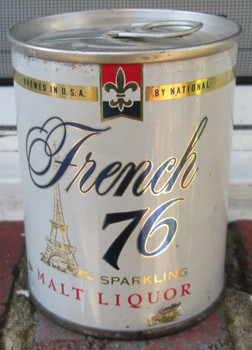 |
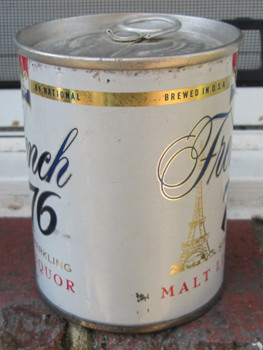 |
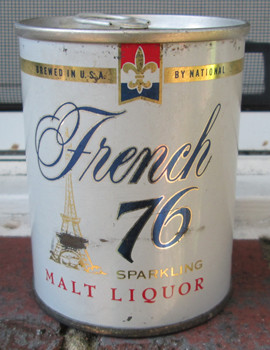 |
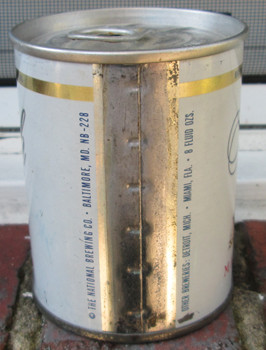 |
This month let's look at the artillery of the First World War. Well, OK, no. But this can IS related to French artillery in "The Great War." I'll get to that in a bit.
This is one of the Malt Liquors that Baltimore's National Brewing marketed in the 1960s. Malt liquor had become a popular type in the 1950s and early 1960s and multiple breweries were coming out with their own. I discussed these small Malt Liquor cans several times in the past, including April 2007 (Schlitz), June 2010 (Pub), and June 2013 (Soul). I also talked about National using different sized cans in December 2008 (Colt), and June 2009 (Tappers). Between 1963 and 1968 National came out with Colt 45 Malt Liquor, French 76, and James Bond 007, which was a blend of beer and malt liquor. The latter did not last long as they had not gotten copyright permission to use Bond's name. Oops.
French 76 came out in 1964, a year after Colt 45, and lasted until 1969. It was a "sparkling" malt liquor, which means it was carbonated to be fizzy. There were (and still are)a number of beers that tried advertising themselves as across between beer and champaign. Champale, made in New Jersey and Virginia, was perhaps the most successful. Heurich's Champeer was another.
French 75: The Original Drink
National probably took the name from a famous cocktail, the French 75. Its creation is credited to Harry's New York Bar in Paris around 1914-1915. It was made from gin, Champaign, lemon juice and sugar. While this was not the first time gin and Champaign had been combined (ask Britain's King Edward VII) this particular combination at this time and place popularized it. American reporters who were reporting on WWI from Paris apparently liked it.
The drink took its name from the French 75mm Field Gun. Probably the first modern artillery piece, it went into service in 1898 and was the main anti-personal artillery piece for the French during the war. Over 17,000 were produced during the war, and they were used by the US military (THE AEF) during the war as well. They were great anti-personal weapons, but of little use against bunkers and trenches.
The first US artillery shots in World War I were fired by Battery C, 6th Field Artillery on October 23, 1917 with a French 75 named "Bridget." Today she is preserved at the United States Army Ordnance Museum at Fort Lee in Virginia. During his service in the AEF (American Expeditionary Forces) Captain Harry S Truman commanded a battery of French 75s.
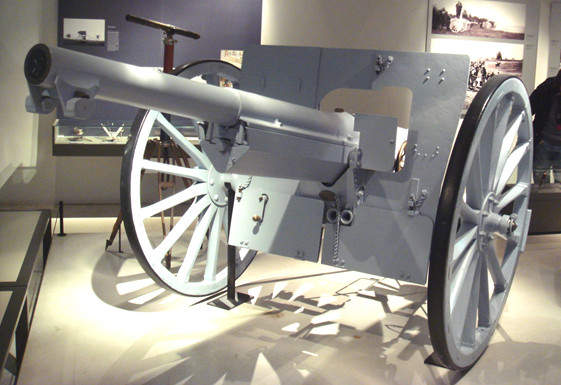 |
| By Bourges arsenal, CC BY-SA 3.0, https://commons.wikimedia.org/w/index.php?curid=5174838 |
So there you have it. From a French artillery piece to a Baltimore sparkling beverage.
